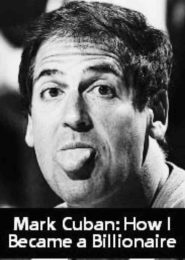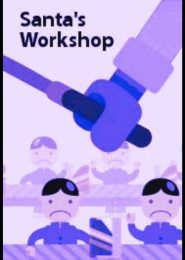The Secret of Oz (2009)
The Secret of Oz is a thought-provoking documentary that delves into the hidden layers of “The Wonderful Wizard of Oz, a beloved children’s story. Released in 2009, the film explores the possibility that this whimsical tale contains allegorical messages related to the American political economy during the late 19th century.
Foreclosures loom large, and unemployment rates soar, painting a grim picture of the world’s economy. But could the answers to these economic woes have been subtly woven into the fabric of Dorothy’s journey down the yellow brick road? Let’s peel back the layers:
- The Yellow Brick Road: Symbolizing the gold standard, this iconic path represents the monetary system. Just as Dorothy follows it to reach her destination, the gold standard was considered a reliable guide for economic stability.
- Emerald City of Oz: This glittering city, adorned with greenback money, mirrors the paper currency system. The film suggests that author L. Frank Baum believed that control over a nation’s money supply should rest with the people, not just the big banks.
- Dorothy’s Silver Slippers: In the original book, Dorothy’s slippers were silver, not ruby. These silver slippers represent the free silver movement, advocating for the use of both gold and silver as currency. The shift to ruby slippers in the movie adaptation altered the symbolism.
Through a captivating blend of archival footage, expert interviews, and reenactments, The Secret of Oz invites viewers on a journey of discovery. It challenges us to see beyond the surface of a beloved fairy tale and consider its deeper implications for our economic systems. Could the answers lie within the pages of a children’s storybook? Perhaps the yellow brick road leads not only to Oz but also to solutions for our troubled financial landscape.




